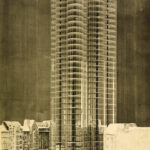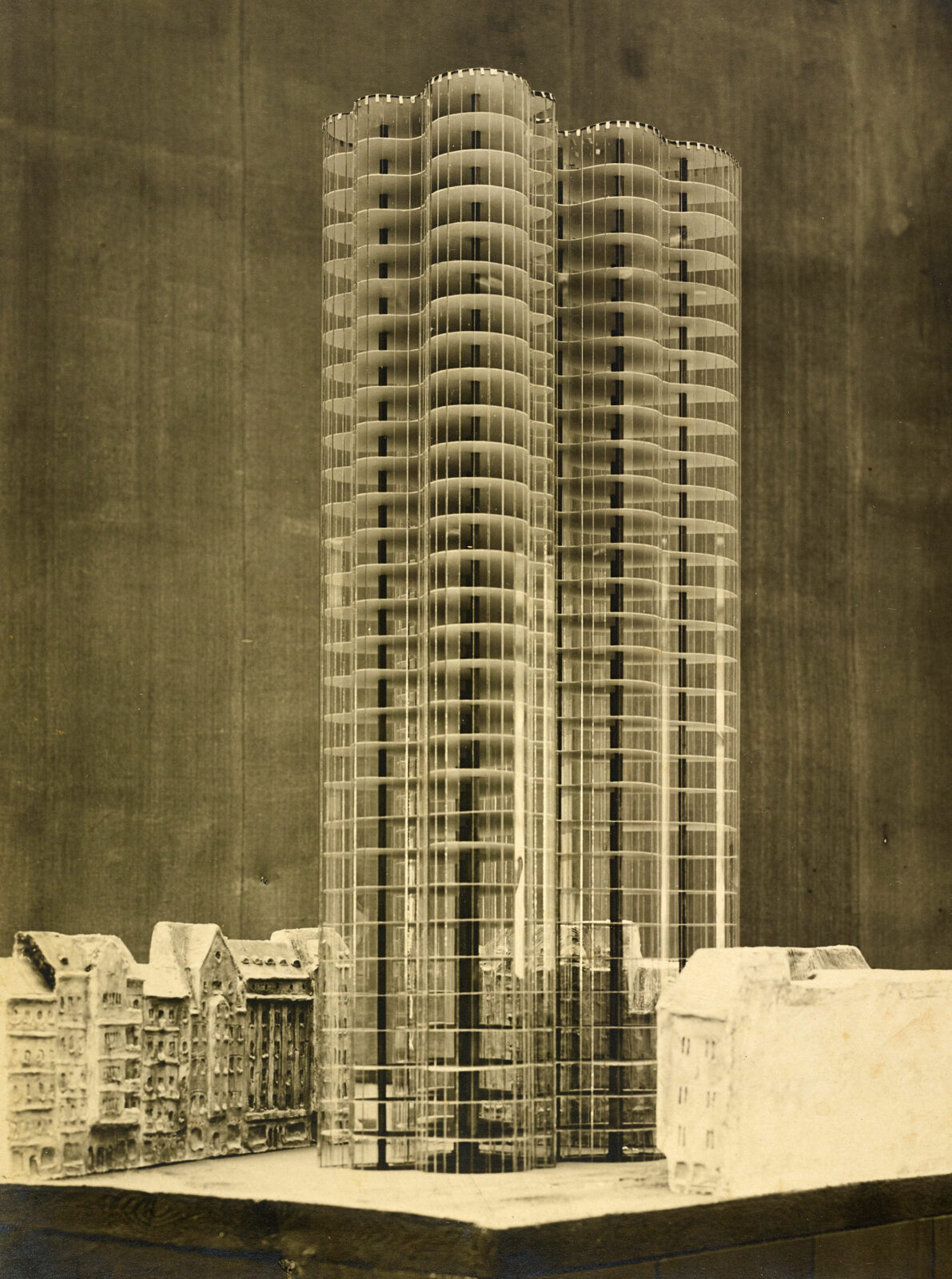Out of the Display Case: Glass


This year, the event series Out of the Display Case is also a prelude to the upcoming Bauhaus centennial To the Core. Bauhaus Dessau 100. This event is dedicated to the material glass, which is also featured in the anniversary exhibition Glass. Concrete. Metal in the Bauhaus Building. It will focus on the different facets of the material that were important for the Bauhaus.
At the beginning of the evening, Dorothea Roos, Head of the Building Department, will give a lecture on the topic of “Building glass in the 1920s” using the example of a high-rise design with a curved glass façade by Ludwig Mies van der Rohe from 1921. A small-format photographic print of the minimalist model can be seen in the exhibition at the Bauhaus Museum Dessau. The modern design was not realised and was primarily perceived as a design manifesto. Over 100 years later, based on van der Rohe’s design, we are exploring the questions of realisation possibilities, the manufacturing process and construction requirements. And consider what conditions the users would have found in the building?
In the second part of the event, Regina Bittner, Director of the Academy, will talk about kitchen glassware in everyday use, focussing in particular on Durax glass tableware.
Durax glass tableware was part of the equipment of the “glass kitchen” of the 1930s, which was based on modern laboratory glassware in terms of shape and material and stood for hygienic, labour-saving cooking in a weightless design. Sociologist Erna Meyer’s book “The New Household”, which became a bestseller in the 1920s and is also on display at the Bauhaus Museum, certainly contributed to the popularity of these glass baking and cooking utensils. Their heat resistance is due to the invention of a new material: Borosilicate glass – an innovation that the company Schott & Gen. Jena had already developed in its laboratories before the First World War. There were numerous co-operations between the Jena company and the Bauhaus. Based on the special features of the Durax glass vessels highlighted in the book, the lecture invites you into the modern kitchen and discusses how the materials originating from the laboratory environments contributed to the formation of a modern glass culture that characterised the everyday life and imaginary worlds of the 1920s.